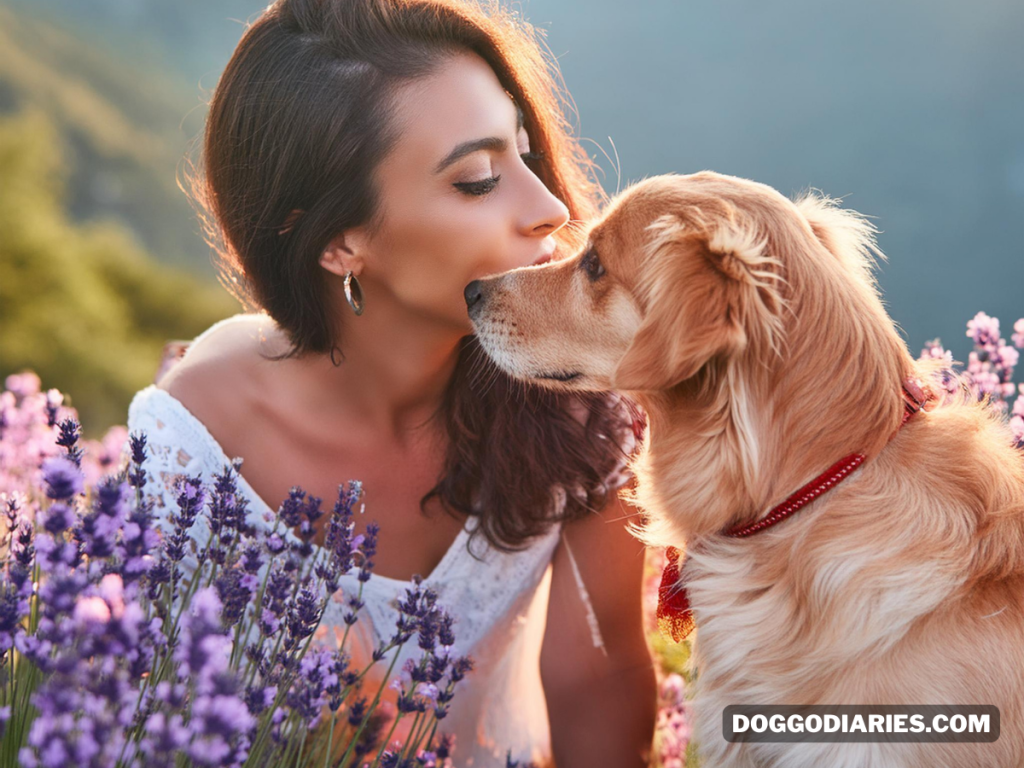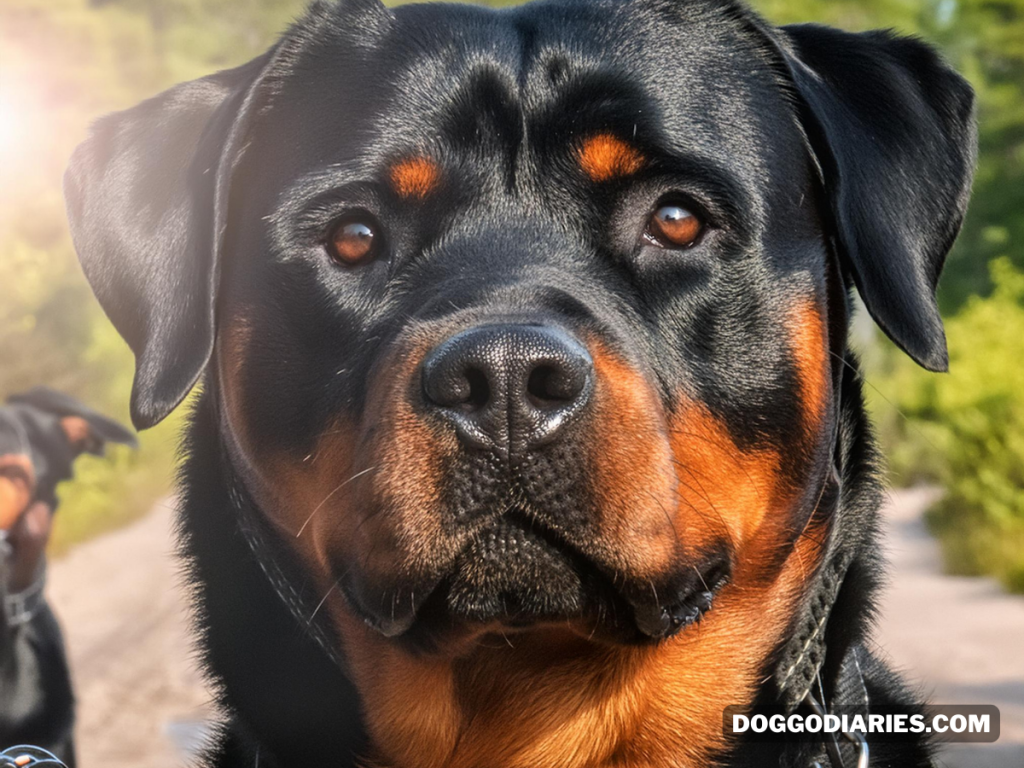Scientist Confirms How Dogs Recognize a Bad Person Easily
Dogs have long been known as Mans Best Friend, and Part of what makes them so special is their ‘Incredible ability’ to “sense” things that we often can’t. One intriguing aspect of this is their Ability to “recognize bad people”. This isn’t just folklore; there’s a fascinating blend of “science and instinct at play”. Understanding how dogs recognize bad people can help us appreciate their ‘unique talents and build stronger bonds’ with our furry companions.
Table of Contents
The Incredible Senses of Dogs
Dogs sense of Smell
Dogs Possess an extraordinary sense of smell that is far superior to humans. They have up to “300 million olfactory receptors” in their noses, compared to about six million in humans. this incredible sense of smell allows dogs to detect even the faintest scents, including subtle chemical ‘changes in human bodies’.

Smell and Human Emotions
Our emotions can cause “chemical changes in our bodies”, such as the release of pheromones. Dogs can Detect these changes and often react to them. For example, fear can cause the release of adrenaline, which dogs can Smell. This ability to detect emotional states through scent plays a crucial role in “how dogs assess people”.
Dogs sense of Hearing
Dogs also have an Acute “Sense of Hearing”, capable of detecting sounds at much higher frequencies than ‘humans’ can hear.this heightened hearing allows them to pick up on subtle changes in vocal tones and pitches that may indicate a person “emotional state or intentions”.
Detecting Vocal Tones
When a person speaks in a nervous or angry tone, dogs can pick up on these cues and may become alert or defensive. This ability to detect and interpret vocal tones further aids dogs in ‘recognizing potentially bad people’.
The Science Behind Dogs Sensing Bad People
Body Language and Behaviour
Dogs are an astute observer of body language. They can read subtle cues such as ‘posture facial expressions’, and movements to gauge a person’s intentions. Nervous or aggressive body language can set off alarm bells for a dog.
Hormonal Changes
Cortisol and adrenaline
When a Person is ‘stressed or afraid’ their body releases hormones like cortisol and Adrenaline. Dogs can “smell these hormonal changes” and may react Accordingly. Elevated levels of these hormones can signal to a dog that someone might be a threat.
Signs Your Dog Senses Something Off
Behavioural Changes
Barking and growling
If your dog starts ‘barking or growling’ at someone it’s a clear sign they sense something is off. This behaviour is often a “protective response” to Perceived danger.

Avoidance Behaviour
Some dogs might avoid a person they perceive as a threat if your dog is usually friendly but suddenly becomes wary or tries to keep their distance from someone, it’s worth paying attention.
Physical Signs
Raised Hackles
When a dogs hackles (the hair along their back) stand up it is a sign they are feeling “threatened or uneasy”.
Tail Position
A dogs tail can tell you a lot about “their feelings”. A tucked tail often indicates fear or submission while a stiff, upright tail can signal alertness and aggression.
Case Studies and Real-Life Examples
Famous Instances
Dogs Detecting Danger
There have been numerous reports of dogs detecting dangerous individuals or situations. For example dogs have been known to alert their owners to intruders or potential threats before any visible signs were apparent.
Everyday Scenarios
Personal Stories from Dog Owners
Many dog owners have stories of their pets acting differently around certain people. These anecdotal accounts often involve dogs showing signs of “discomfort or aggression” towards individuals who later turned out to have bad intentions.
Training Your Dog to Be More Observant
Positive Reinforcement
Proper socialization is key to helping, your dog develop a keen sense of judgment. Positive reinforcement techniques, such as rewarding good behavior, can help your dog learn to trust and respond appropriately to different people.
Reading Your Dog’s Cues
Understanding Body Language
Learning to read your dogs body language can help you understand what they are trying to “communicate”. This includes ‘recognizing signs’ of stress fear, and aggression.
Can Dogs Be Wrong?
Factors Influencing Their Perception
Health Issues
Sometimes, a dog’s health issues can affect their behaviour and perceptions. For example a dog with hearing or vision problems might misinterpret signals.
Misinterpretations
Dogs are not infallible and can sometimes “misread a situation”. Its important to consider the context and other possible explanations for their behaviour.
How to Respond When Your Dog Senses a Bad Person
Safety Precautions
If your dog consistently reacts negatively to someone, it’s wise to trust their instincts. Take safety precautions, such as keeping your distance or removing your dog from the situation.
Training Techniques
Teaching your Dog to Remain “calm and focused” In stressful Situations can help them better manage their reactions. Commands like “sit” and “stay” can be useful in these ‘scenarios’.
The Role of Breed in Sensitivity
Breeds Known for Protective Instincts
German Shepherd
German shepherd are known for their “strong protective instincts” and are often used as “police and guard dog”.

Rottweilers
Rottweilers are another breed known for their “alertness and protective nature”.

Smaller Breeds and Their Sharp Senses
Chihuahuas
Despite their small size, Chihuahuas can be very alert and often have a keen sense of who might pose a threat.
Psychological Impact on Owners
Trusting Your Dog
Learning to trust your dog’s instincts can strengthen your bond and help you feel more secure.
Strengthening the Bond
Spending time with your dog and understanding their behavior can deepen your relationship and enhance mutual trust.
Conclusion
Dogs have an amazing ability to sense when something is off about a person. this ability comes from their keen senses of smell and hearing their ability to read body language, and their “sensitivity to hormonal changes”. While dogs arent always right their instincts are usually worth paying attention to. By understanding how dogs recognize bad people, we can better appreciate their unique skills and deepen our bond with our furry friends.
FAQs
How do dogs sense fear?
Dogs can sense fear through changes in body language vocal tones and the smell of stress-related hormones like Adrenaline.
Can a dog tell if someone is a good person?
While dogs can sense certain emotional states and intentions, their perception isn’t foolproof. They rely on cues like body language and scent.
what should I do if my dog doesnt like someone?
Trust your dogs instincts and take safety Precautions. Observes the persons behaviour and consider removing your dog from the situation if necessary.
Can training improve a dogs ability to sense bad people?
Proper ‘training and socialization’ can enhance a dog’s observational skills, making them more discerning and responsive to different people.
are some dogs better at sensing bad people than others?
yes, some breeds and individual dogs have stronger protective instincts and sharper senses, making them more adept at recognizing potential threats.

